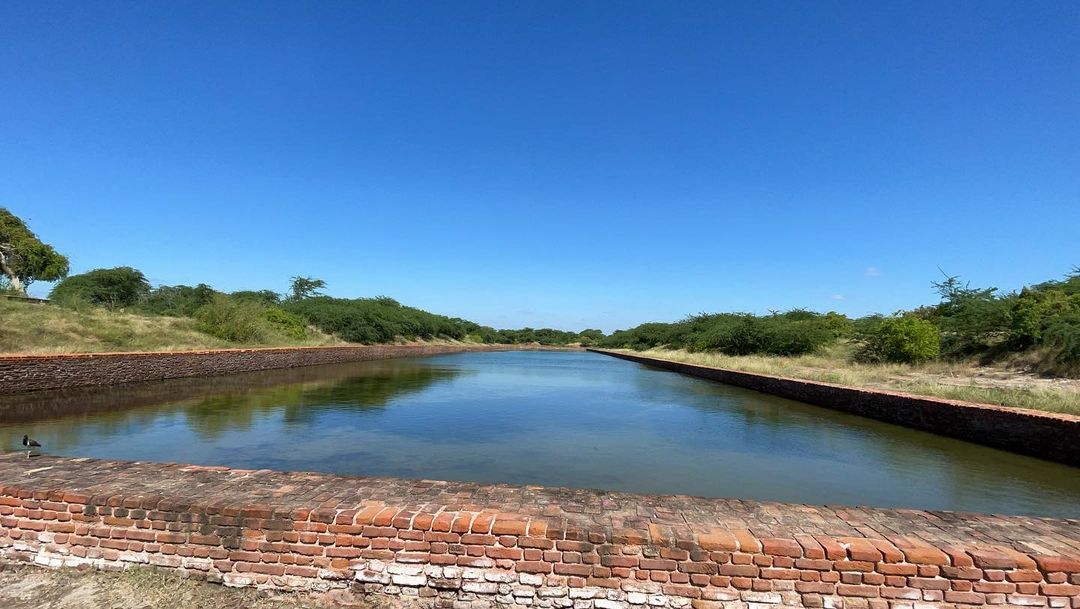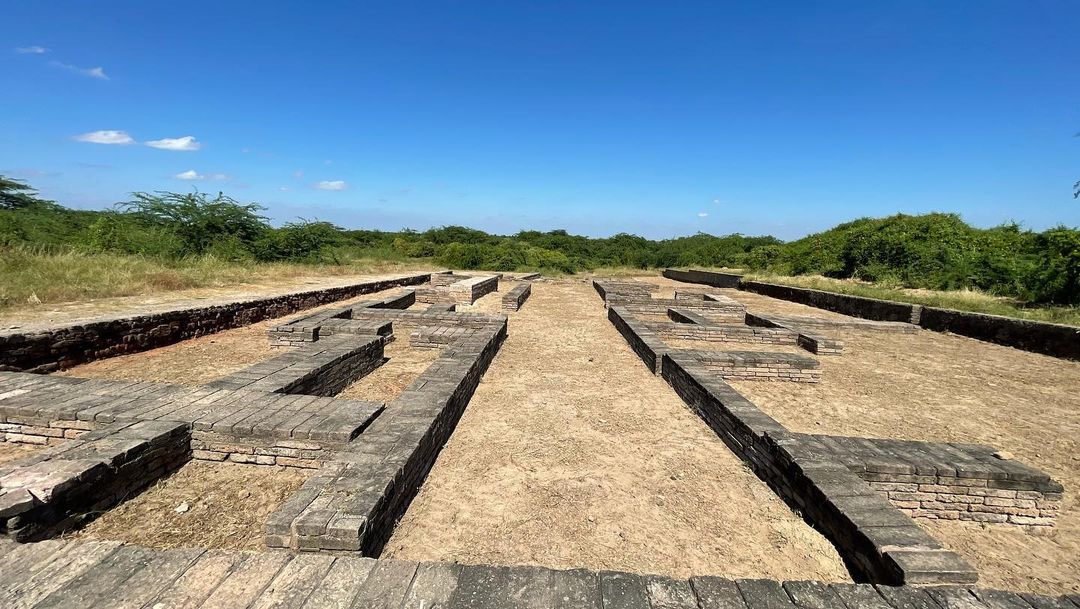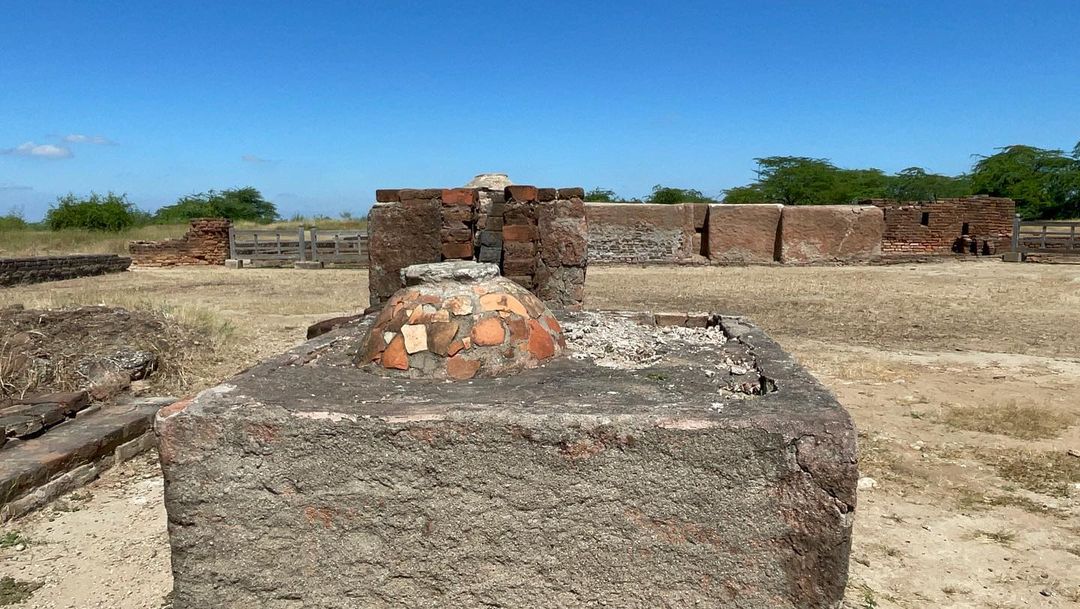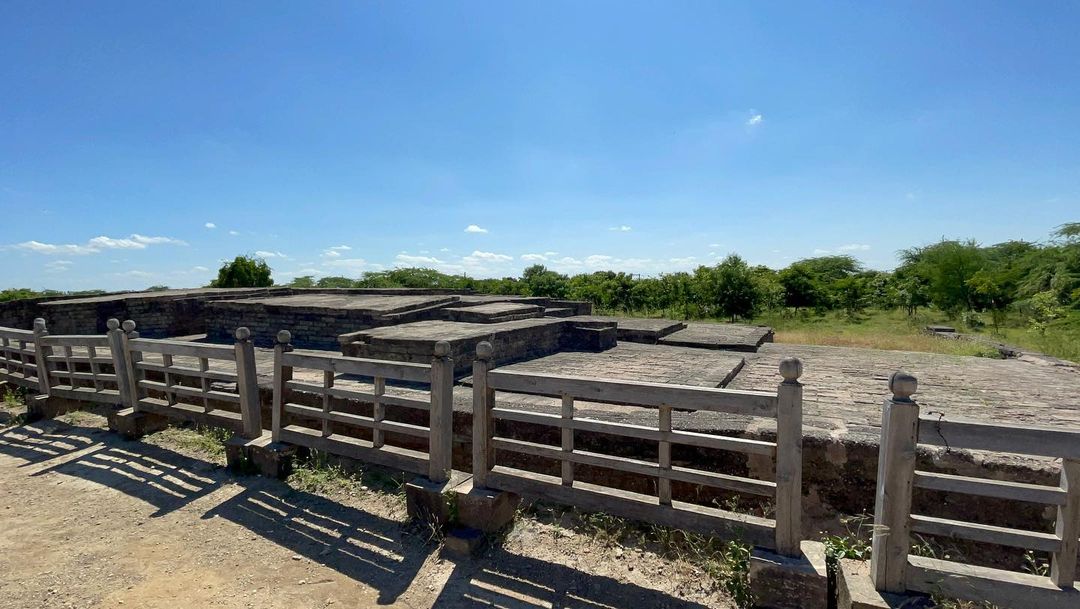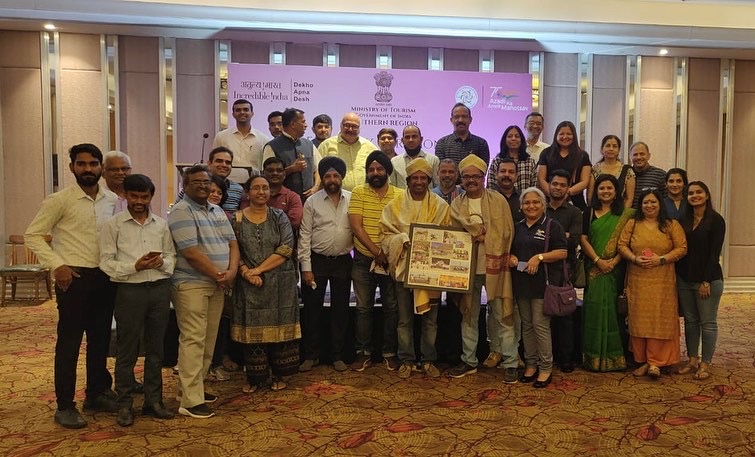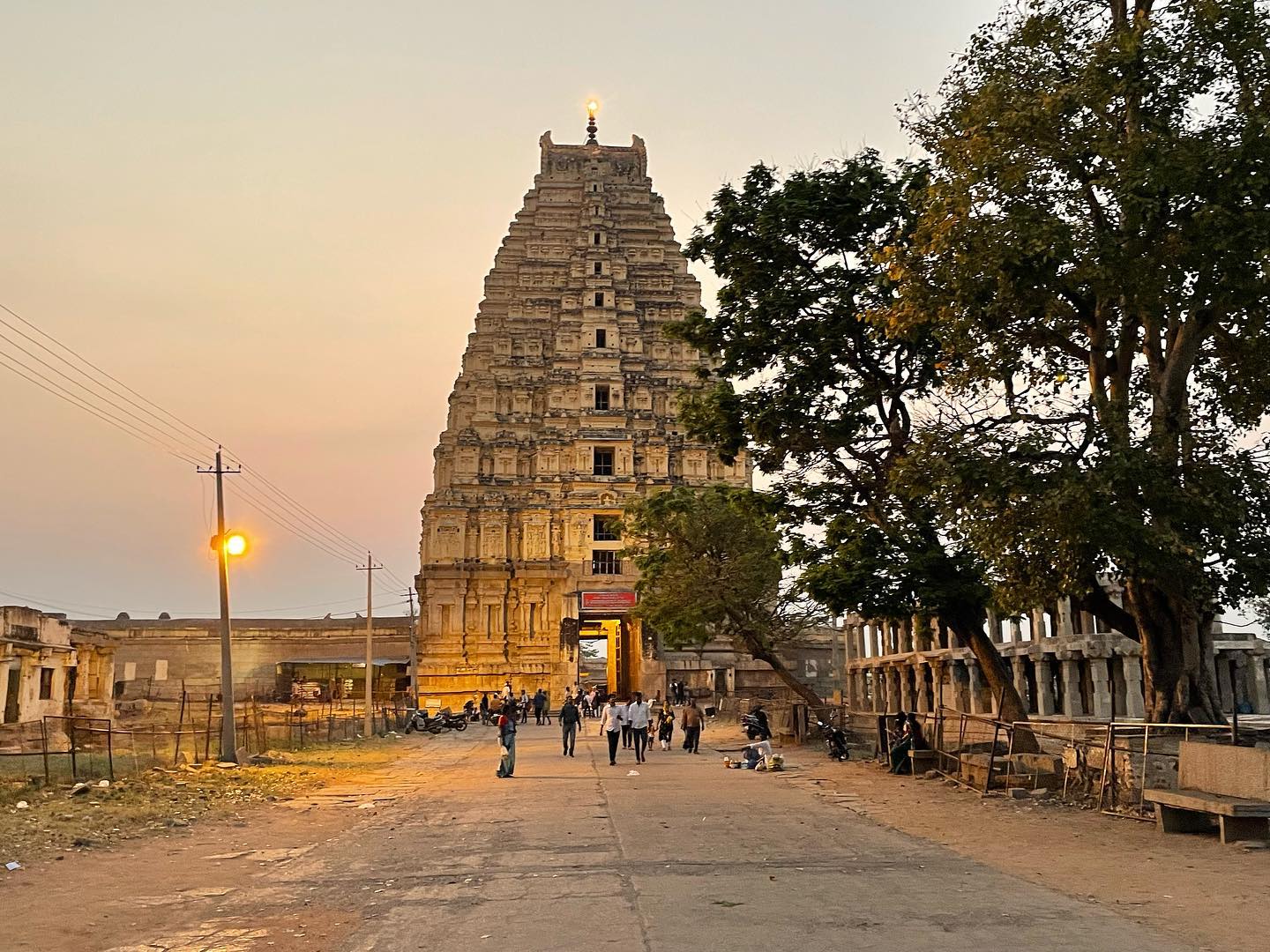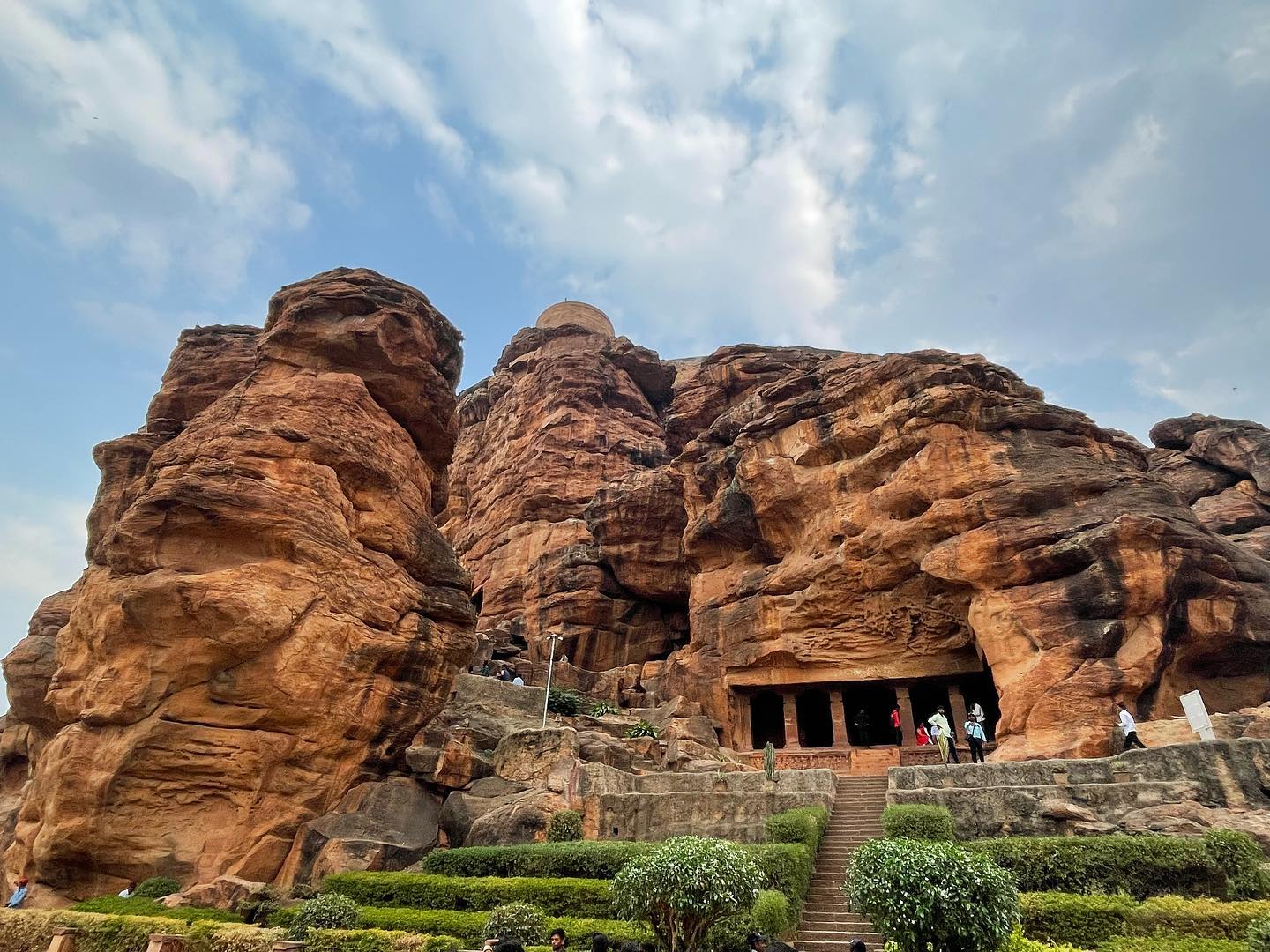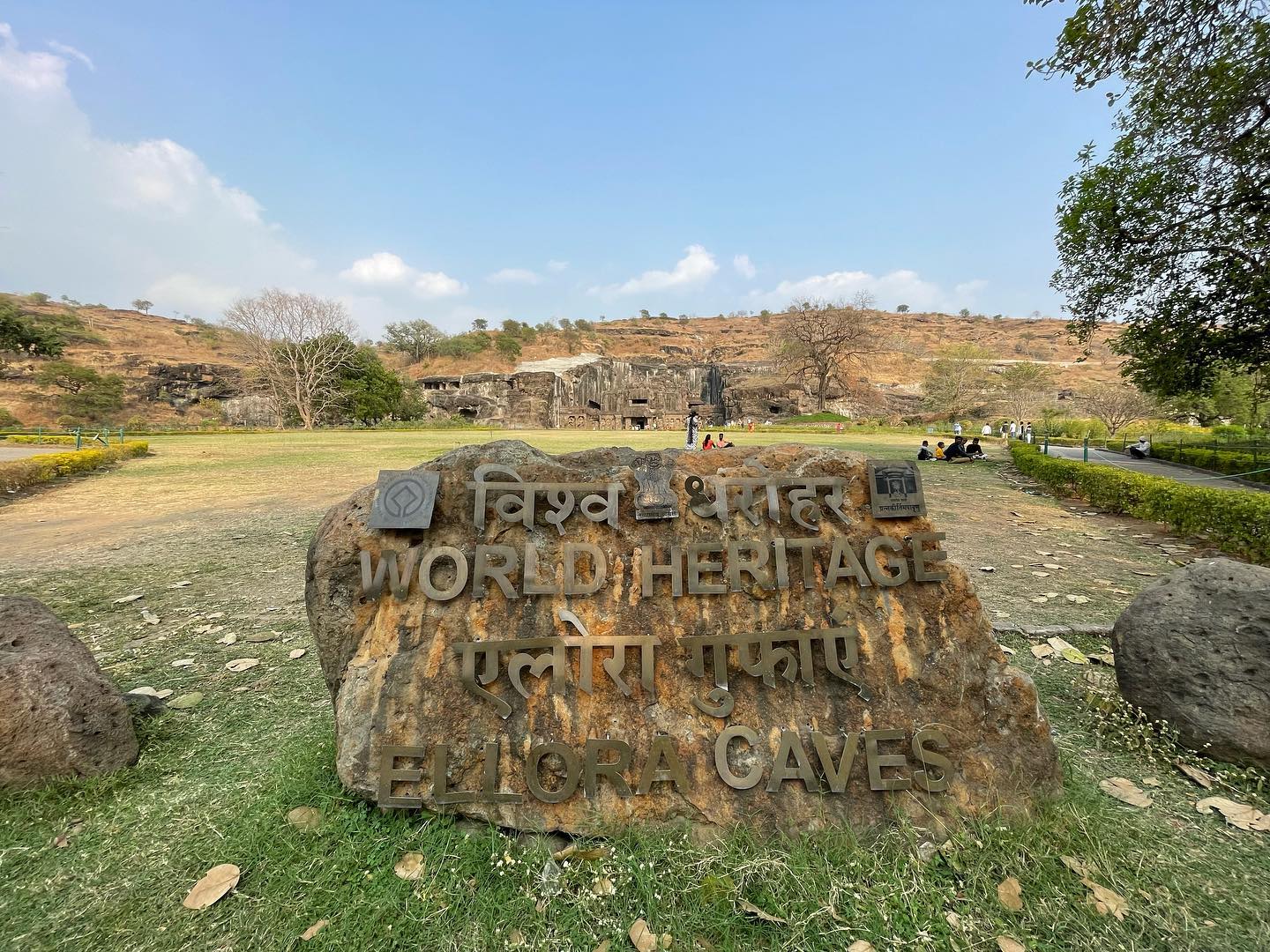23th October, 2021
Limdi, the Gujarati word for curry leaf.
Limbdi is a taluka in Surendranagar district in the Indian state of Gujarat. With the construction of a BAPS Shri Swaminarayan Temple in May 2010, Limbdi has become one of the most popular pilgrimage centers of Vaishnavaits in the world.
During the Satyagraha, the people of Limbdi formed a “Praja Mandal” on 24 December 1938, which caused friction between the king and the people of Limbdi. In 1939, a conference was held by “Praja Mandal”, which the king did not like and he created a huge uproar at the conference. Many people were wounded during this incident. Many people felt disheartened and started migrating from Limbdi to other cities.
In 1940, after death of Sir Dolatsingh, Sir Digvijay became the ruler. He could rule for only four months, as he died shortly after his coronation. The last ruler of Limbdi was his son, Sir Chhatrapalsingh, from 1941 to 1948. After independence, Limbdi state was merged with Union of India.
Limbdi State was a princely state and was entitled to a 9-gun salute during the British Raj. It was ruled at that time by members of the Jhala dynasty. It belonged to Kathiawar Agency. After India’s independence from British colonial rule in 1947, Limbdi was integrated into the Indian Union with other princely states. The rulers of Limbdi had the title of Thakur Sahib. They also held the title of Maharana, which was rarely used.
Kumar Shri Ghanshyamsinhji Daulatsinhji Jhala of Limbdi (23 October 1902 – 10 November 1964), often known as K. S. Limbdi during his cricket career, was a first-class cricketer. He played a few games in India but missed history when he failed to make the playing eleven during India’s Test debut. He was vice-captain of India’s tour of England in 1932. In 19 matches he made 505 runs with highest score of 57.
He was second child of the ruler of the Princely State of Limbdi, Col. HH Thakur Sahib Shri Sir Daulatsinhji Jashwantsinhji (1907-1940). Being a prince, he was also known by K.S. Limbdi (Kumar Shri Limbdi).
The Jhala Dynasty – The ruling family of Limbdi descends from Harapal Devji, of Patdi, common ancestor with the ruling family of Dhrangadhra. Manghuji, second (or nineteenth) son of Harapal Devji and Sakti Devi, received the chorasis of Jambu and Kundni. His grandson, Dhaval, married the daughter of Vaja Palaji of Veraval Patan and received seven villages in dowry. Sultan Qutb ud-din Aibak of Delhi drove him from Jambu in 1194, when he retired to Veraval Patan. His father-in-law assisted him to conquer forty-one villages along the coast, when he established his capital at Dhamlej. He returned to Jambu once the Muslims left the area, but finding it laid waste, returned to Dhamlej, appointing a governor to administer that region. His son, Kaluji, established his capital at Kundni, where it remained for the next six generations. Soghaji re-established the capital at Jambu, but his son, Sarangji, moved to Jasdan. Thereafter the state capital alternated between Kundni, Jambu and Jasdan.
Maharana Shri Khetoji II, who reigned during the fifteenth century, incurred the enmity of both the Vaghela and Sarvaiya clans, and lost his life and property in battle with them. At the heart of the trouble lay a romantic tale chivalry, so often told by the Rajput bards. Khetoji once came across the marriage procession of the intended bride of Vaghela Godhba of Sardhar, the daughter of the Sarvaiya Rao of Bhadli. By chance, her eyes fell upon his long hair when he had cause to remove his turban, and she was smitten. She implored him to take her away, and he agreed to do so after consulting his advisers. Godhba, furious at this insult, invaded Kundni and met him in mortal combat, slew Khetoji and annexed Kundni and Jasdan. Sultan Mahmud Begada of Gujarat, stepped into the breech and annexed Jambu and Shiani to his own domains.
Khetoji left thirteen sons, the eldest of who suffered from physical disabilities, could not reassert the family honour and was debarred from ascend the gadi according to the traditions of the house. He abdicated his rights in favour of his next and younger brother. Bhanji Sahib headed the house in exile for a period but then voluntarily abdicated, along with his other brothers, in favour of the youngest and more able brother, Sangaji. The latter headed a band of 500 horsemen, who wandered about the countryside until they came upon Godhba at Jhobala. Aided by 8,000 loyal shepherds, they defeated and exacted vengeance upon the Vaghela. Sangaji settled at Dhanvaa until the Sultan heard of his deeds, took sympathy upon the family and restored Jambu and Shiani to him. Maharana Sangaji’s line reigned over the state until the eighteenth century, when they shifted their capital to Limbdi.
Maharana Shri Harisinhji came under British protection because of the Treaty of Bassein with the Marathas in 1807. His great grandson, Maharana Jaswantsinhji succeeded as a minor in 1862. The first ruler of his line to receive a modern education, at which he excelled and then used his knowledge to very good effect. Great changes and reforms were instigated by him, which brought about a transformation. He constructed irrigation works and improved agriculture, reformed the courts and built schools, endowed scholarships for gifted students and established municipal government. Not content with the knowledge he had gathered within India, he travelled abroad to the UK and Europe, to learn about the latest innovations and methods of administration, agriculture and health care. Returning to India, he redoubled his efforts to improve the lot of his people. His exertions were recognized with government sought his advice and council. The Governor of Bombay appointed him a member of the Bombay Legislative Council, one of the first princes to hold such a position. At his death in 1907, he left behind the best-administered state in Bombay and universally happy subjects.
Maharana Shri Daulatsinhji, a direct descendant of Khetoji’s eldest son, succeeded as the chosen heir of his kinsman, Jaswantsinhji. Although very distantly related to the late ruler, he had made a career for himself in neighbouring states, where he had proved himself an able administrator and soldier. He apprenticeship was fortuitous, for he proved to be an equally capable and distinguished ruler as his predecessor. Ho continued all his good works, especially in the fields of education and agriculture. Limbdi excelled in both fields, and her treasury showed the beneficial results of his policies. Despite the size and income of his state, he spared nothing in supporting the British cause during the Great War. He reigned successfully for thirty-three years, and died during the dark days of the Second World War in 1940. It would have saddened him to go at that time. Loyal to his King-Emperor in an almost fanatical way, he would have relished a second victory against the old foe.
Maharana Shri Digvijaysinhji succeeded his father for just about a year before dying in 1941 and leaving his throne to his son Chatrashailyasinhji, barely a year old at that time. The government appointed a regency council to conduct the administration during his minority. He never received his full ruling powers as the transfer of power intervened when he was six years old, and Limbdi acceded to the Dominion of India in 1947. It joined the other states of the region to form the United State of Kathiawad (Saurashtra) in the following year. The Maharana became a successful businessman and hotelier. He has retained an interest in motor cars and angling throughout his life.



